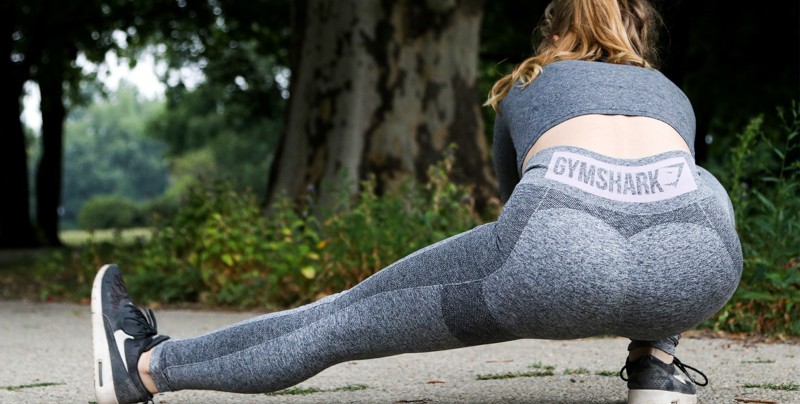By Kerri Laurenza, SPT
What does it mean to have ‘neural tension’?
Nerves arise from the vertebral column and span the entire body, through the upper and lower extremity. Similar to muscles, nerves cross joints and need to move, glide, compress, and elongate as the body moves. Adverse neural tension can impair the body’s ability to have pain free movement and can restrict range of motion. Each nerve has its own path, crossing different joints and innervating different areas of the body.
Nerves can be ‘stretched’ or ‘relaxed’ with specific movements of the body, which can help with testing for adverse neural tension. Occasionally, adverse neural tension can be confused for a muscular stretch. A common example includes the differentiating a hamstring stretch and a sciatic nerve stretch. Common ‘positive’ findings with neural tension tests consist of pain, stretch, pulling, numbness, or tingling. Adverse neural tension can arise due to inflammation from an injury, nerve compression, or impaired blood supply to the area.
How is adverse neural tension treated?
While movement across different joints can test for adverse neural tension, healthy movement can also help treat this impairment. All nerves in the body have specific anatomical path, creating predictable neural patterns and symptoms. ‘Gliding’ the nerve through its anatomical sheath can help promote healthy movement of a nerve, reducing the neural pain associated with adverse neural tension.
Can I ‘overstretch’ a nerve?
Yes, here’s how:
- Applying too much stretch to a nerve
- Performing nerve glides too frequently
- Performing nerve glides with too much intensity
- Maintain 4/10 stretch intensity
- Sustaining a nerve glide position
- Nerve glides should always be performed using continuous, fluid movements
If you have symptoms of adverse neural tension, or are seeking treatment, contact us at Capital Area Physical Therapy at one of our two physical therapy and wellness locations in Saratoga or Queensbury. Our experienced therapists will evaluate your pain and functionality and put together a PT plan to relieve pain and facilitate movement.






